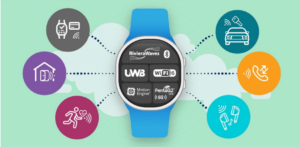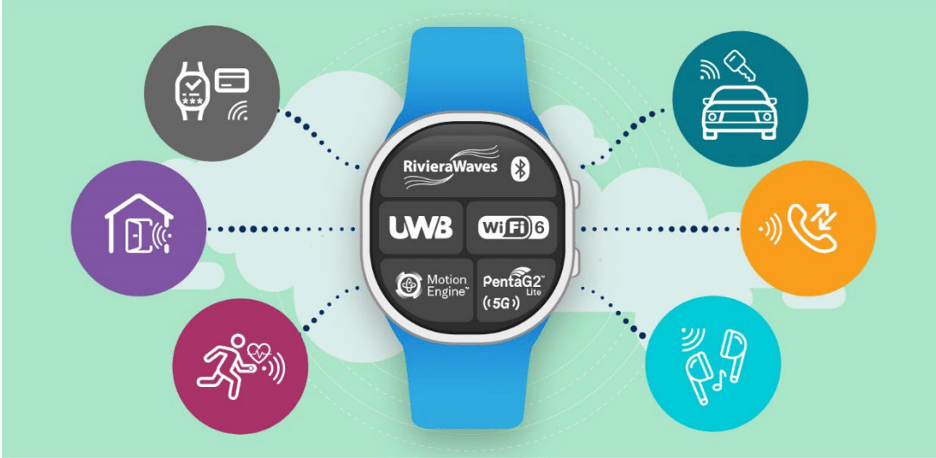Very recently, 3GPP announced that 5G Release 17 was finalized. One important consequence is that 5G RedCap (reduced capacity) is now real and that means 5G becomes accessible to IoT devices. Think smart wearables (e.g. watches), industrial sensors and surveillance devices. “So what?”, you protest. “I don’t need 5G on my watch. It can link to my phone over Bluetooth and let the phone handle 5G communication.” Yes it can, but have you ever wondered why you always need your phone to use your watch?

That seems like a half-step to convenience, a nice light device on your wrist tethered to an increasingly bulky device in your pocket. When you’re jogging, hiking, working out, wouldn’t it be nice to only need the watch? Industrial sensors and surveillance devices rely more on Wi-Fi for communication but what if the Wi-Fi isn’t very good, or non-existent? Is it time to cut the cord and let these devices talk directly to the cellular network?
The real growth in 5G
The smartphone market is already slowing according to multiple surveys. 5G may generate a boost in support of mobile gaming and high-quality streaming but still the heady growth of early years seems unlikely to re-emerge. That’s why IoT applications have become so interesting. The total available market is not bounded by human users, only by applications. Millions of smart parking meters, moisture sensors in field, bridge stress sensors, power grid sensors, etc, etc. Analysts estimate 1.24 billion M2M non-handset devices shipping in 2027. Smart watch volume estimates show up to 230 million units by 2026, making them an encouraging consumer option to pick up from declining volumes in smart phones. There doesn’t seem to be a killer app here. Volumes are projected to be roughly divided between public sector infrastructure, smart metering, consumer electronics, intelligent buildings, security, retail and commerce, healthcare and transport and logistics.
What underlines the strength of this opportunity is that 5G infrastructure build-out is already underway. Not as fast as we’d like, and it may be a financial challenge for the mobile network providers but coming. There has been talk of expanding the reach of Bluetooth (mesh networks) and Wi-Fi (Wi-Fi 6). Technologically these are possible, but someone must pay for building wide coverage infrastructure. Which seems unlikely given existing investment in 5G infrastructure. Moreover, it’s difficult to beat cellular reach for remote applications – agriculture, highways, power grids, etc.. 5G RedCap is increasingly looking like the best fit for IoT communication.
PentaG2-Lite Well Positioned to Help
As the only 5G NR IP platform on the market, CEVA’s PentaG2 is compelling solution for those needing an embedded solution to meet cost and power goals. This will particularly be true for IoT builders who are likely to see a good fit in the PentaG2-Lite version. This IP offers a wide range of accelerators for modem and other functions. First product shipments probably will appear 2025, but that date requires builders to start planning now. CEVA offers an integrated SystemC simulation environment for architects in support of that early design.
You can learn more by watching this webinar.
Share this post via:






Comments
There are no comments yet.
You must register or log in to view/post comments.